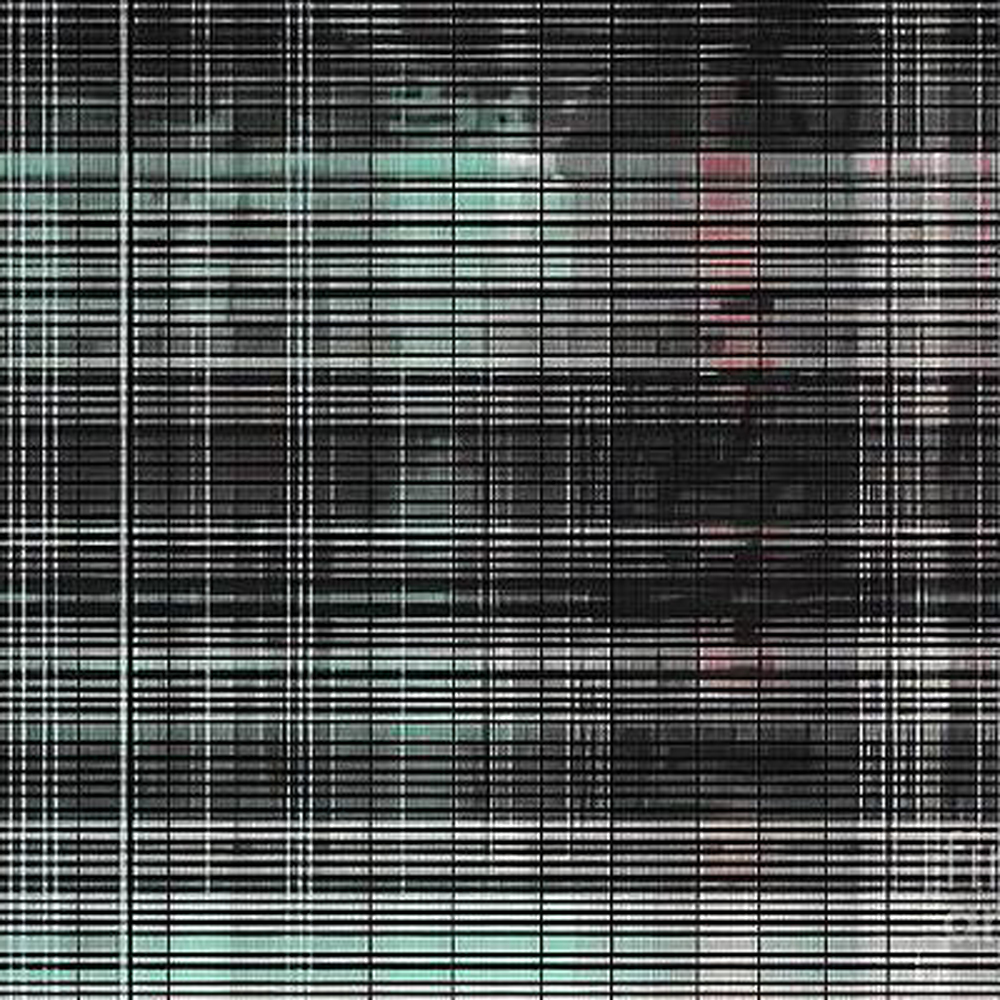
Spring 2025
When a theatre audience looks at a realistic set, how does he or she interpret the room? Is it a forbidden place? Are the walls just obstacles one can walk through or ignore? Think of Nora and the famous door. Think of Chekhov and the house and all the interpretations of his plays in a traditional and classical manner. According to Aviv Kochavi, a brigadier general in the IDF, we are looking at it from the wrong perspective. It is time for us to go through the set.
Future military attacks on urban terrain will increasingly be dedicated to the use of technologies developed for the purpose of ‘Un-walling the wall,’ to borrow a term from Gordon Matta Clark.
The desire to unveil and go beyond the wall could itself explain the military interest in transgressive theories and art from the 1960s and the 1970s.
In Remodeling Mayhem, center stage will be a cut/section of a house. A realistic house, a piece of set that can serve many so-called ‘slice of life’ kinds of plays.
We will then go to work, dismantling the house, the walls, and the set. We will conduct a forensic investigation into the theory, the practice, and the army doctrine of ‘walking through walls’, using all the tools at our disposal – video, audio, published text, interviews, reenactments of documentary material, and fictionalized scenarios.

Spring 2025
When a theatre audience looks at a realistic set, how does he or she interpret the room? Is it a forbidden place? Are the walls just obstacles one can walk through or ignore? Think of Nora and the famous door. Think of Chekhov and the house and all the interpretations of his plays in a traditional and classical manner. According to Aviv Kochavi, a brigadier general in the IDF, we are looking at it from the wrong perspective. It is time for us to go through the set.
Future military attacks on urban terrain will increasingly be dedicated to the use of technologies developed for the purpose of ‘Un-walling the wall,’ to borrow a term from Gordon Matta Clark.
The desire to unveil and go beyond the wall could itself explain the military interest in transgressive theories and art from the 1960s and the 1970s.
In Remodeling Mayhem, center stage will be a cut/section of a house. A realistic house, a piece of set that can serve many so-called ‘slice of life’ kinds of plays.
We will then go to work, dismantling the house, the walls, and the set. We will conduct a forensic investigation into the theory, the practice, and the army doctrine of ‘walking through walls’, using all the tools at our disposal – video, audio, published text, interviews, reenactments of documentary material, and fictionalized scenarios.

Autumn 2025
In 1926, the German director Ernst Lubitsch directed what turned out to be his final film for Warner Pictures Studios, a film titled So This Is Paris.
The film script was based on the 1872 French play Le Réveillon, which was also the basis for Johann Strauss’s operetta Die Fledermaus. It is a sophisticated silent film, a comedy about two married couples whose wandering eyes land on each other’s spouses.
The story is simple: Georgette lives in Paris with her unexciting, effeminate husband, an actor and interpretive dancer. Meanwhile, Suzanne lives across the street and reads romance novels while dreaming of someone more exciting than her own lackluster spouse, Maurice. Each woman happens across the other’s husband and begins her dream affair. Four people, each cheating on their spouse, and none of them are aware that their own spouse is cheating. Who will find out first, and how?
SO THIS IS VIENNA! is a live staging of Lubitsch’s film, but this time instead of the typical silent movie score of Johann Strauss’s Die Fledermaus music comes to the rescue.
The Lubitsch/Strauss mashup is a sardonic approach to spouse-swapping, forest trysts, erotic romance novels, out-of-control champagne-fueled dance parties, and accidental prison sentences. In short, it is a modern confectionary of sorts.

Autumn 2025
In 1926, the German director Ernst Lubitsch directed what turned out to be his final film for Warner Pictures Studios, a film titled So This Is Paris.
The film script was based on the 1872 French play Le Réveillon, which was also the basis for Johann Strauss’s operetta Die Fledermaus. It is a sophisticated silent film, a comedy about two married couples whose wandering eyes land on each other’s spouses.
The story is simple: Georgette lives in Paris with her unexciting, effeminate husband, an actor and interpretive dancer. Meanwhile, Suzanne lives across the street and reads romance novels while dreaming of someone more exciting than her own lackluster spouse, Maurice. Each woman happens across the other’s husband and begins her dream affair. Four people, each cheating on their spouse, and none of them are aware that their own spouse is cheating. Who will find out first, and how?
SO THIS IS VIENNA! is a live staging of Lubitsch’s film, but this time instead of the typical silent movie score of Johann Strauss’s Die Fledermaus music comes to the rescue.
The Lubitsch/Strauss mashup is a sardonic approach to spouse-swapping, forest trysts, erotic romance novels, out-of-control champagne-fueled dance parties, and accidental prison sentences. In short, it is a modern confectionary of sorts.

t.b.a.
A performance about death, the industry of death, the poetry of death, and the representation, or the impossibility of the representation of death in performance and theatre.
As I Lay, Sort of, Dying is not an adaption of William Faulkner’s masterpiece. It borrows the structure of the novel, the technique, the spirit, and the way language is used in the book to tell the Rashomon of death in our current society.

t.b.a.
A performance about death, the industry of death, the poetry of death, and the representation, or the impossibility of the representation of death in performance and theatre.
As I Lay, Sort of, Dying is not an adaption of William Faulkner’s masterpiece. It borrows the structure of the novel, the technique, the spirit, and the way language is used in the book to tell the Rashomon of death in our current society.
